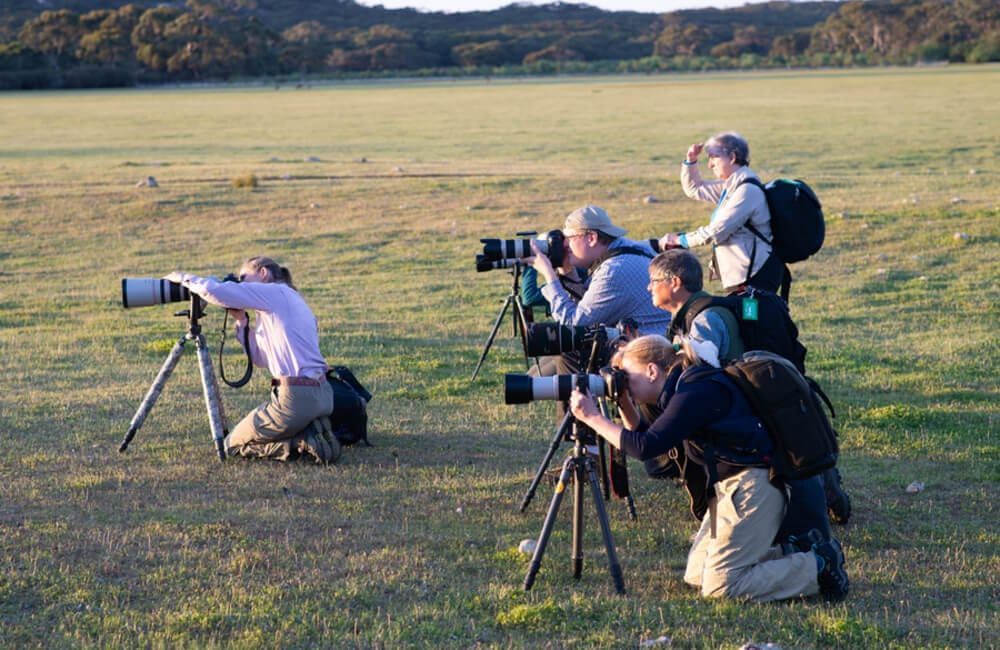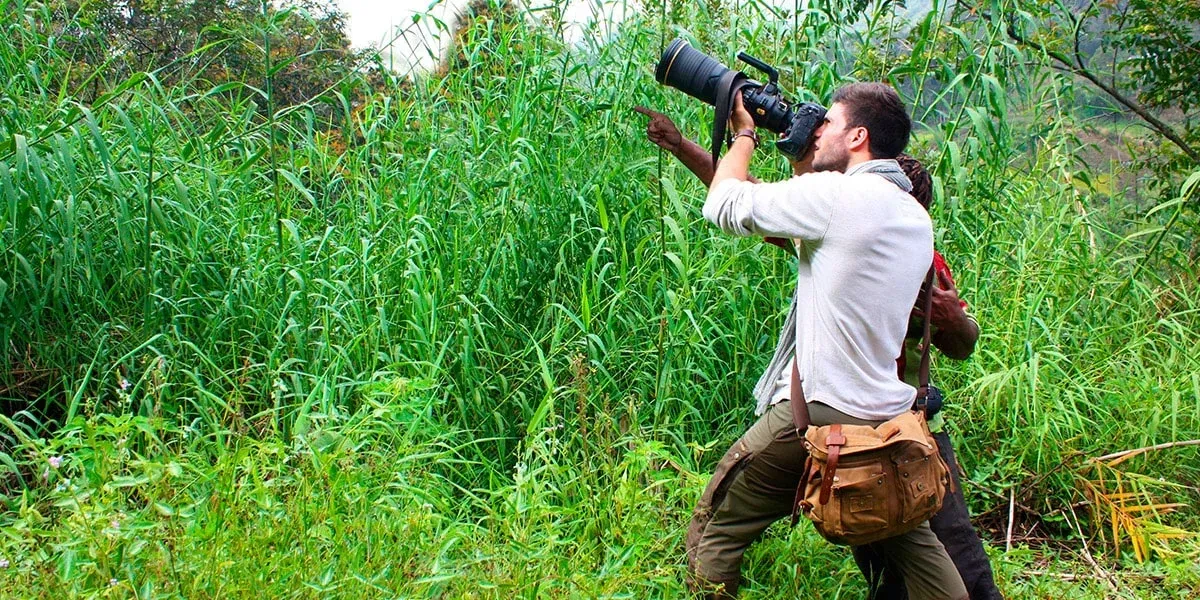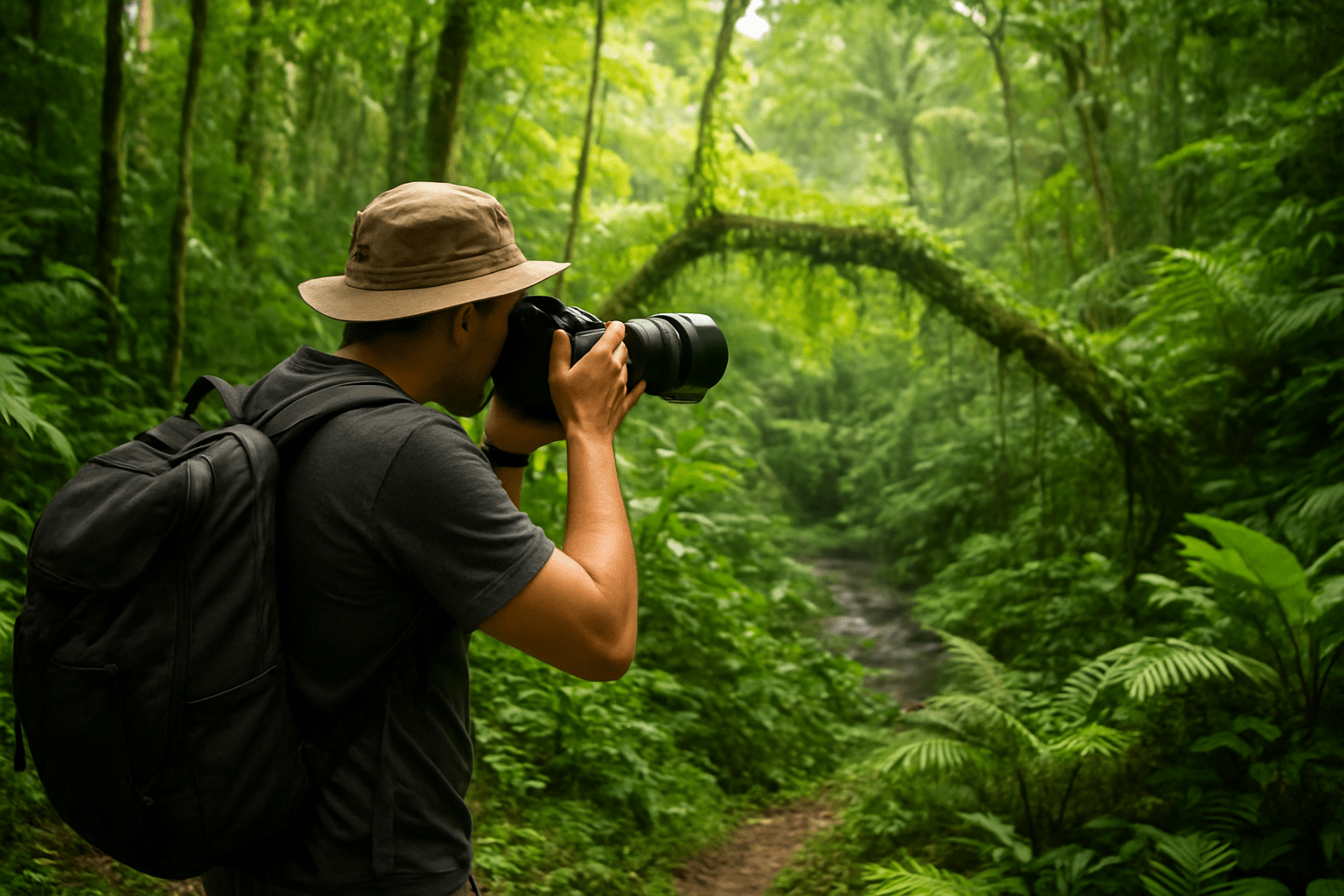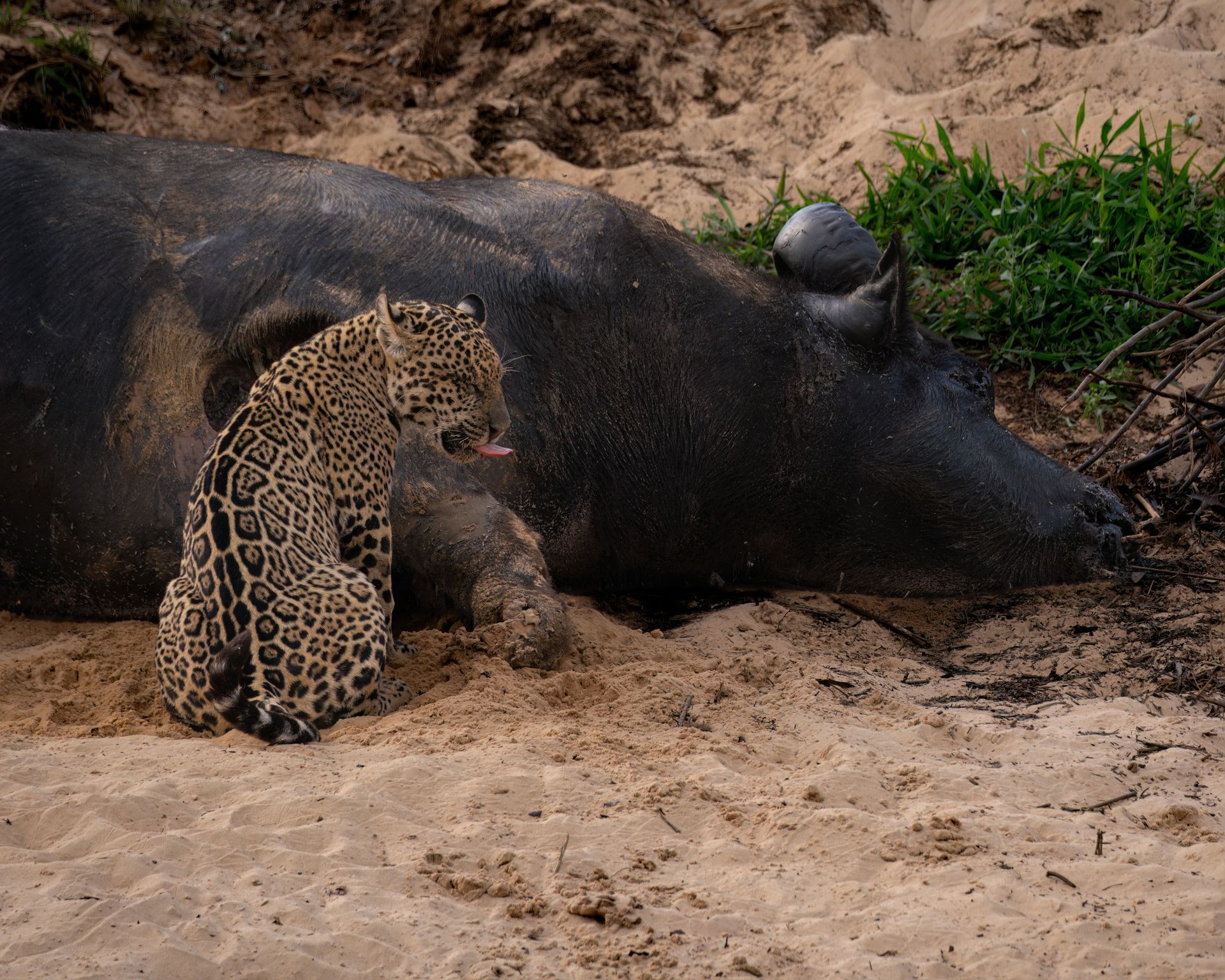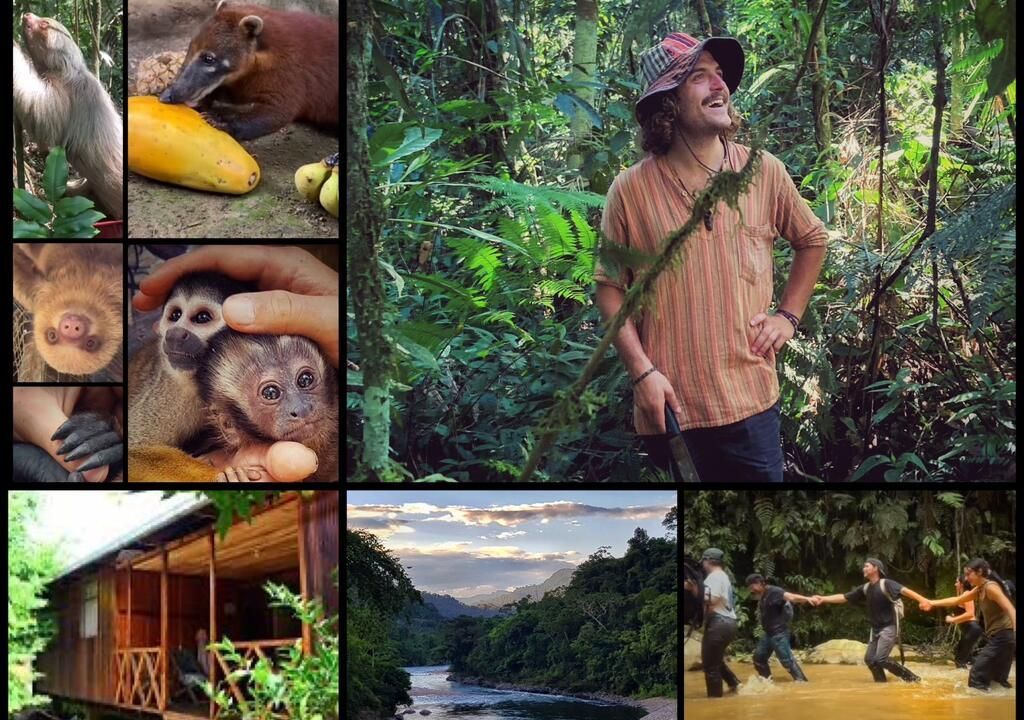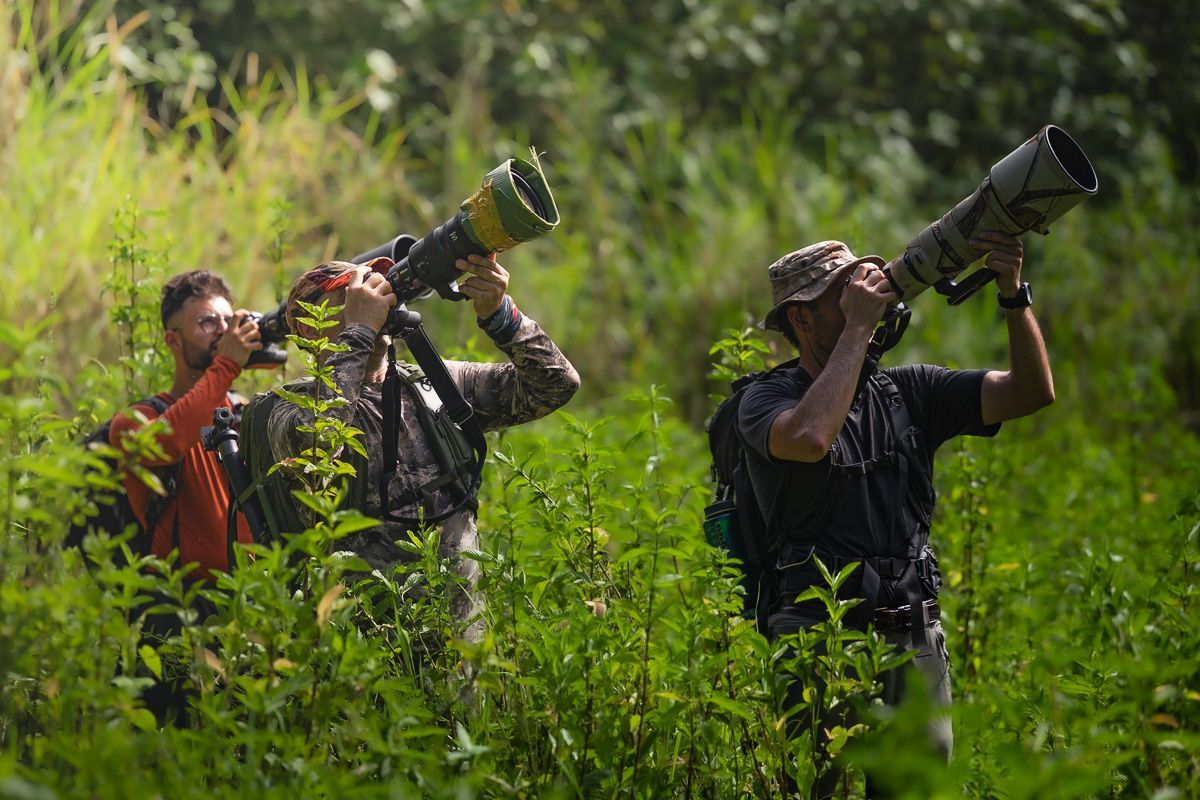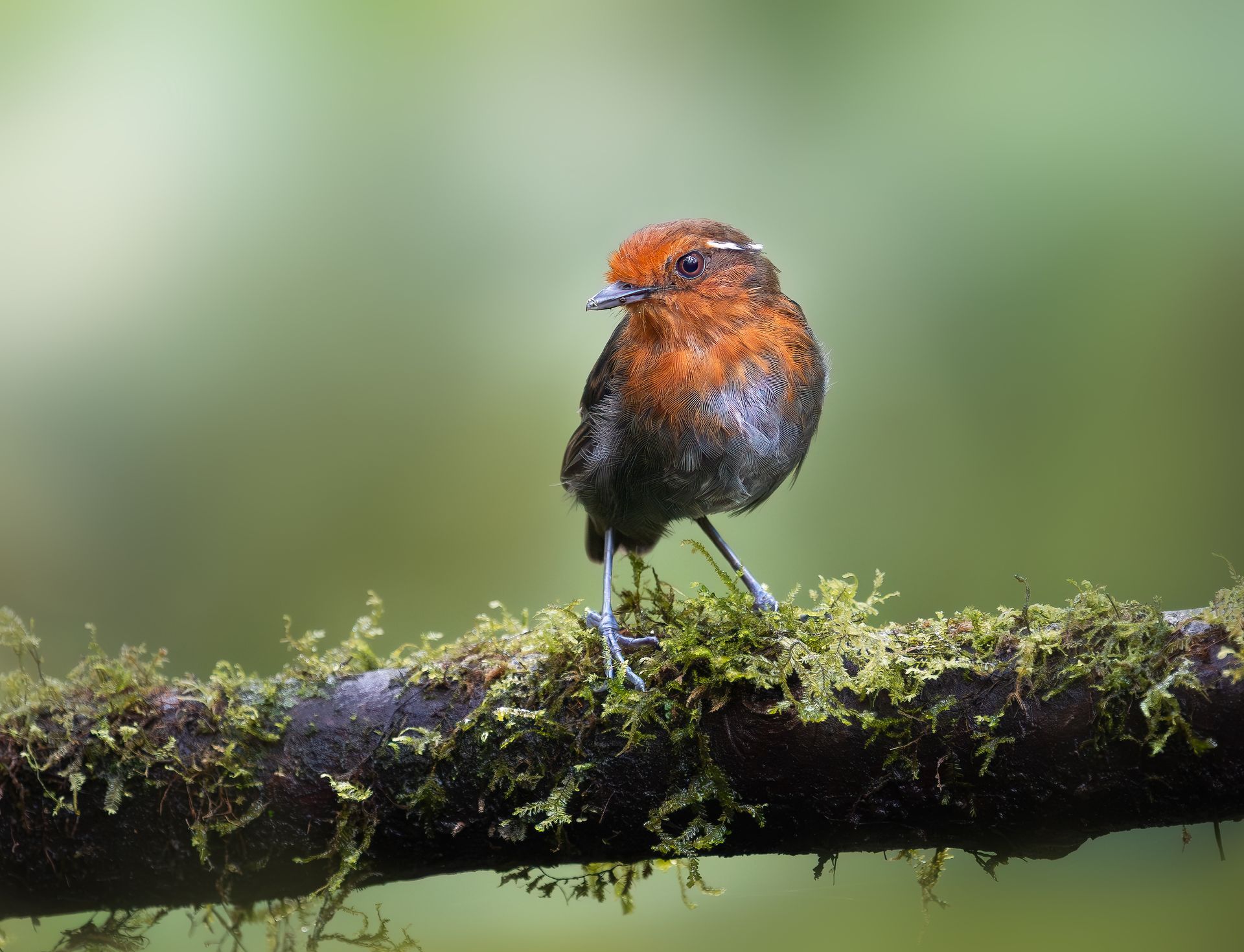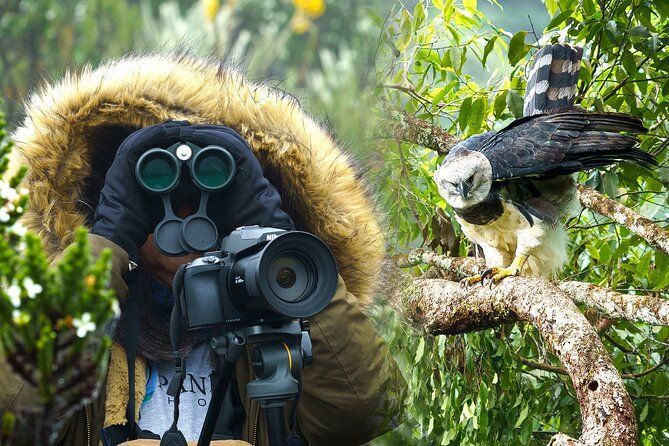How to Choose the Right Bird Photography Tour Operator
How to Choose the Right Bird Photography Tour Operator
Choosing the right bird photography tour operator is one of the most important decisions you can make when planning a birding adventure. South America, with its rich biodiversity and thousands of bird species, offers unparalleled opportunities for photographers. However, the quality of your experience depends heavily on the expertise, organization, and philosophy of the tour operator you choose. From equipment recommendations to ethical wildlife practices, making the right choice ensures that your trip is productive, enjoyable, and memorable.
With the increasing popularity of bird photography tours, there are now numerous operators worldwide. Some cater specifically to photography enthusiasts, while others focus on traditional birdwatching. Knowing the differences and evaluating operators based on key criteria will help you select the one that meets your needs.
1. Experience and Reputation
When evaluating a tour operator, experience is a key factor. A company with years of experience running bird photography tours in your destination is likely to be familiar with local habitats, bird behaviors, and optimal locations for photography. Experienced guides can anticipate bird movements, know where rare species may appear, and provide insightful advice on composition, camera settings, and lighting.
Check reviews, testimonials, and online ratings. Look for feedback from past participants regarding their satisfaction with sightings, guide expertise, and overall organization. A well-established tour operator with a solid reputation often guarantees a smoother, more productive experience.
2. Qualified Guides
The quality of your guides can make or break a bird photography tour. Photography guides should not only be familiar with local birds but also proficient in photography techniques. They should know how to help you capture birds in optimal light, provide advice on equipment, and assist with camera settings during fieldwork.
Ask about the ratio of guides to participants. Smaller groups with more personalized guidance allow for better instruction and more productive shooting sessions. Guides with professional photography experience add tremendous value for first-time and seasoned photographers alike.
3. Focus on Photography vs. Birding
Not all bird tours are created equal. Some tours are primarily birdwatching-focused, emphasizing the number of species seen rather than image quality. Photography-focused tours prioritize positioning, light, and timing to ensure that participants can capture high-quality images. Before booking, clarify the tour’s focus and make sure it aligns with your objectives.
Photography tours typically include more time spent at specific locations, using blinds or hides for close-up opportunities, and scheduling around lighting conditions. Birdwatching tours may cover more ground to maximize species diversity but provide fewer photographic opportunities.
4. Itinerary and Locations
Evaluate the operator’s itinerary carefully. Are the locations known for high bird activity? Do they include habitats that feature target species you wish to photograph? The itinerary should balance diversity and depth, offering chances to capture a variety of birds while allowing sufficient time for detailed photographic opportunities.
Consider the logistics as well. Operators who understand local transport, accessibility, and terrain make your experience smoother. Look for tours that minimize unnecessary travel and maximize time spent observing and photographing birds.
5. Equipment and Technical Support
Some operators provide photography equipment support, including tripods, monopods, hides, or even loaner lenses in emergencies. While most participants bring their own cameras and lenses, having access to guidance and backup options is a valuable benefit.
Additionally, good operators provide practical advice on equipment selection, camera settings, and accessories. They may recommend ideal focal lengths for different bird species, suggest settings for fast-moving birds, and explain techniques for shooting in variable lighting conditions.
6. Ethical Practices and Conservation
Ethical bird photography is crucial. Operators should emphasize minimizing disturbance to wildlife, maintaining a safe distance, and adhering to local conservation regulations. Responsible operators educate participants about ethical photography, habitat preservation, and conservation awareness.
A good operator works closely with local communities and reserves to ensure that tours do not negatively impact the environment. This approach allows you to photograph birds while supporting conservation efforts and promoting sustainable tourism.
7. Group Size
Group size affects both comfort and photographic success. Smaller groups provide better access to guides, reduce noise and disturbance, and allow more individualized instruction. Larger groups may lead to crowded hides, limited shooting angles, and slower movement in the field. Ask your operator about maximum group size and participant-to-guide ratios.
8. Flexibility and Customization
Experienced operators offer flexibility in itineraries and schedules. Weather, bird activity, and unforeseen circumstances may require adjustments. A tour operator that can adapt to conditions ensures that participants maximize their photographic opportunities.
Some operators also offer customization based on skill level, target species, or photographic interests. Whether you are a beginner looking to learn techniques or an experienced photographer seeking rare species, personalized attention enhances your experience.
9. Support and Safety
Fieldwork in remote or challenging environments requires careful planning. Good tour operators provide clear safety guidelines, emergency plans, and support for health and logistical needs. This includes transportation, first-aid knowledge, communication methods, and contingency plans in case of illness or accidents.
Ensuring you are safe and comfortable allows you to focus fully on photographing birds, rather than worrying about logistical challenges.
10. Pre-Tour Information and Preparation
Before the tour, a professional operator provides detailed information about what to expect, including packing lists, climate conditions, suggested gear, and technical guidance. They may also offer pre-tour webinars, reading materials, or orientation sessions to help participants prepare effectively.
Pre-tour preparation ensures that you are ready to handle field conditions, understand the birds’ habitats, and optimize your photography skills from day one.
11. Post-Tour Support
Many top-tier photography tour operators offer post-tour support. This may include feedback on images, editing tips, or online workshops to improve post-processing skills. Receiving guidance after the trip helps participants learn from their experience and refine techniques for future tours.
12. Cost vs. Value
While budget is important, choosing a tour based solely on price can be risky. Consider the value provided, including guide expertise, locations visited, group size, and support offered. Investing in a reputable operator often results in higher quality images, better experiences, and fewer logistical headaches.
13. Reviews and Testimonials
Check online reviews and testimonials to understand the experiences of previous participants. Look for consistency in feedback about guide expertise, bird sightings, photographic opportunities, and overall organization. High-quality operators often have repeat participants and positive word-of-mouth recommendations.
14. Insurance and Policies
Reliable operators provide clear policies on cancellations, refunds, and insurance. Travel in remote regions can be unpredictable, so understanding the operator’s policies helps you plan with confidence. Travel insurance, including coverage for equipment, is also recommended for photography tours.
15. Cultural Awareness and Local Knowledge
Operators familiar with local culture and customs can enhance your experience. Respect for local communities, knowledge of regional biodiversity, and understanding of cultural practices enrich the tour and provide unique photographic opportunities beyond birds.
16. Building Long-Term Relationships
Choosing a reputable tour operator can lead to long-term benefits. Many participants return for future tours with the same company, gaining deeper access to rare species and remote locations. Building a relationship with knowledgeable guides provides continuity, mentorship, and advanced opportunities over time.
17. Summary and Final Tips
When selecting a bird photography tour operator, consider:
- Experience and reputation of the company.
- Qualifications and expertise of guides.
- Focus on photography versus birdwatching.
- Itinerary quality and location selection.
- Support for equipment and technical guidance.
- Ethical practices and conservation focus.
- Group size and personalized attention.
- Flexibility and adaptability during the tour.
- Safety, insurance, and logistical support.
- Pre-tour preparation and post-tour support.
By carefully evaluating these factors, you can ensure that your bird photography adventure is productive, enjoyable, and memorable. The right operator will provide not only incredible photographic opportunities but also knowledge, safety, and a smooth experience throughout the tour.
Investing time in choosing the right bird photography tour operator will pay off in stunning images, unforgettable experiences, and deeper connections with the incredible birdlife of South America. Whether it’s your first tour or one of many, selecting a professional, ethical, and experienced operator is the key to a successful journey.



